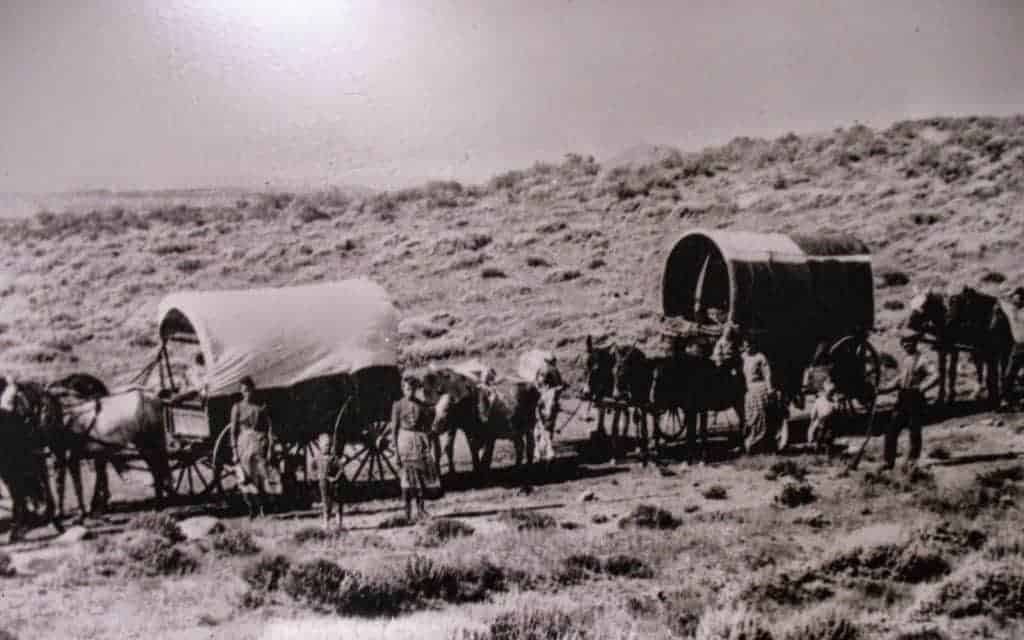In the year 1836, the first wagon train set off from Independence, Missouri, heading west. That wagon train followed the Oregon Trail, a route laid down by fur trappers and traders just 20 years before. This was the first wagon train to set off on the 2,170-mile route. And it was by no means the last. In fact, for the next three or four decades, thousands of people followed suit. If they didn’t have a wagon of their own, they paid to join a train. Some even walked or traveled on horseback, whatever would get them to the north-western United States.
Most pioneers completed the journey in between four and six months. Along the way, they would experience some euphoric highs as they passed through some of the most jaw-dropping scenery in all of North America. They would also grow as people, forging bonds with their fellow pioneers that would last a lifetime and even writing their names into American history. But many would also endure crushing lows. This was no easy journey. It was fraught with many and varied dangers. And, while the pioneers knew a bit about what to expect before they set off from Missouri, there were some things only those on the Oregon Trail could learn first-hand. Here are just 10…

Not everyone was hoping to get rich quick
If, in the first decades of the 18th century, you set off on the Oregon Trail, you would soon learn that there was no one reason for people to be heading west. The trail was first created around 1811 by traders and fur trappers. And these people were its main users for the first few years. Before long, however, a wide variety of people were hitching up their wagons and heading off on the Trail. In many cases, economic factors were the main reason people chose to make the journey. But the pursuit of the American dream, looking west for riches, doesn’t tell the whole story.
Some pioneers were escaping the debts they racked up in their hometowns. The promise of being able to start again was too good to resist. Others were won over by the promise of land – settlers in Oregon were told they would have their own farm, complete with land the equivalent size of Disney World – and of the rumors that the soil was simply more fertile out West. But the journals and other accounts published at the time also reveal that a substantial number of pioneers made the journey simply because they wanted a taste of fun and adventure. This was especially true in the early years of the Oregon Trail.
In some cases, the East Coast and Mid-West of America were pushing people away just as much as the West was drawing them. The first few years of the 19th century were difficult for the people of the eastern United States. Jobs were hard to come by, and so many looked west for opportunities. Meanwhile, in the 1830s, the Mid-Western States were hit by a spate of diseases. Malaria and yellow fever hit cities in this part of the country hard. Unsurprisingly, many people thought it would be safer to up and leave and take their chances elsewhere, with the less-densely-populated West Coast seen as a healthier option.
And then there was the idea of ‘Manifest Destiny’. As soon as California became part of the United States, many people came around to believing the idea that God willed the Americans to spread West and colonize the vast continent. The American government did little to play down this idea. In fact, they openly supported it! Since the U.S. still shared the state of Oregon with Britain at the turn of the century, the authorities in Washington D.C. rightly believed that the more Americans they could get settled there, the greater their chances of winning sole custody. The start of the settler influx in 1842 – brought about by the Oregon Trail – led the British to sign the Oregon Treaty of 1846. It seemed like Manifest Destiny was not such a crazy idea after all.

